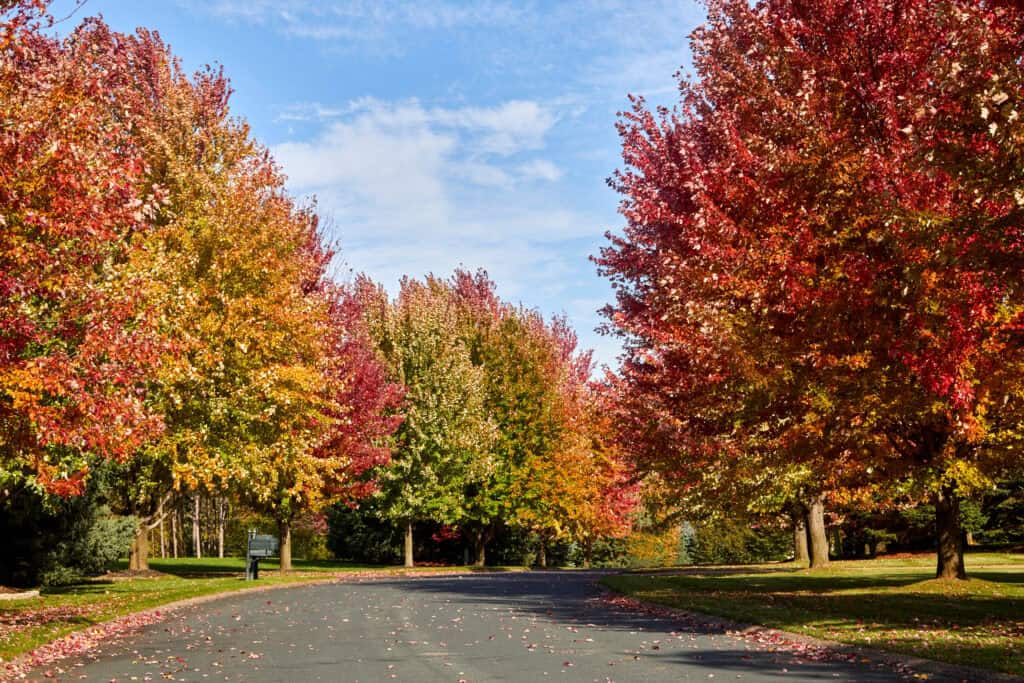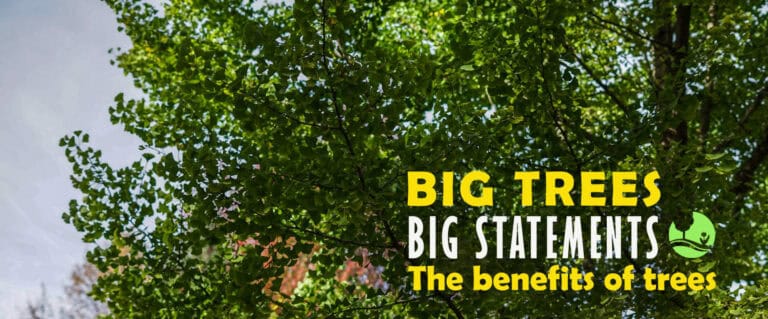Why Tree Diversity Matters: Protecting Our Landscapes for the Future
By Kelly Smith | July 15, 2025

If you’ve ever admired a quiet, tree-lined street or spent time in a shady park, you’ve seen firsthand how important trees are to our quality of life. But there’s more to a healthy tree canopy than meets the eye; diversity plays a critical role in protecting our green spaces from future threats.
What Is Tree Diversity?
Tree diversity simply means planting a wide variety of tree species rather than relying on just a few favorites. While it might be tempting to fill a neighborhood with fast-growing or aesthetically pleasing trees like maples or ash, this practice can lead to serious problems down the road.
When landscapes are dominated by one or two tree species, they become highly vulnerable to pests and diseases that target those specific trees. A well-known example is the devastation caused by emerald ash borer, which wiped out tens of millions of ash trees across the U.S. over the last couple of decades.
Why Does It Matter?
A more diverse tree population creates a stronger, more resilient ecosystem. It slows the spread of pests and diseases, supports a wider range of wildlife, and helps preserve the long-term beauty and health of our urban forests. Just like in natural forests, variety is the key to balance and sustainability.
Here are a few of the benefits:
- Resilience to disease and pests: If one tree species is attacked, others remain unaffected, preserving the canopy.
- Support for pollinators and wildlife: Different trees attract and support different insects, birds, and animals.
- Climate adaptability: A mix of species increases the chances of withstanding changing weather patterns and temperature extremes.
What Can Homeowners and Communities Do?
As a homeowner, you can contribute to tree diversity by choosing a mix of native and non-invasive trees when planting on your property. Avoid overplanting trendy species, and consider incorporating underused but beneficial options like Hackberry, River Birch, Serviceberry, or Ginkgo. These trees not only add visual interest and seasonal appeal, but they also support a broader ecosystem and adapt well to urban and residential settings.
Communities and municipalities can also make a big impact by promoting variety in public planting projects, updating species lists, and educating residents about smart planting practices.
A Smarter Way to Grow
Tree diversity isn’t just a best practice—it’s a smart investment in the future of our landscapes. By making thoughtful choices today, we can protect the beauty, shade, and ecological benefits of trees for generations to come.
You can learn more about tree diversity, our team of certified arborists, and our various tree care and service options here.


